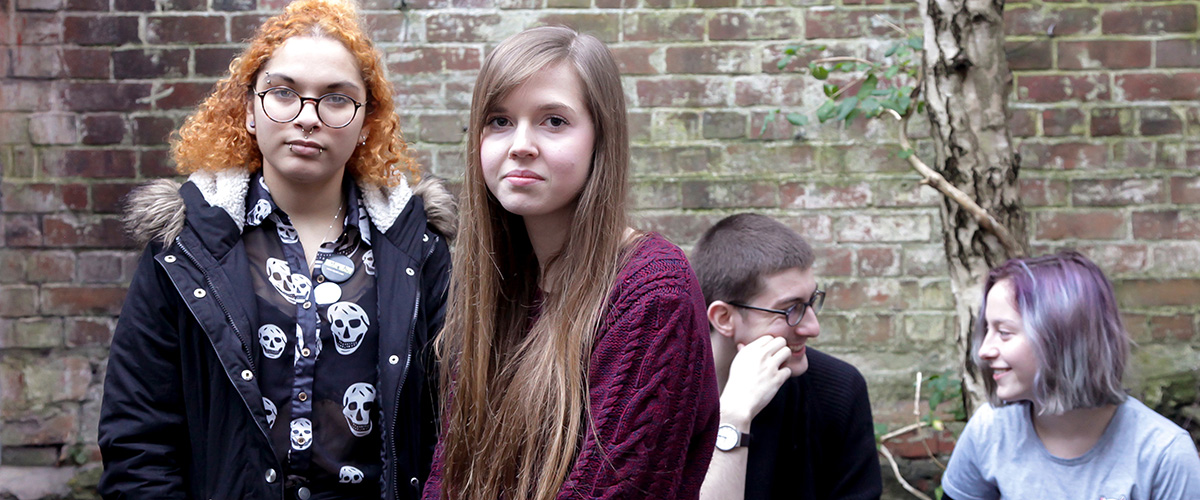The majority of young people experiencing emotional distress are not mentally ill but may require extra support and reassurance. Signs of distress to look out for include:
Emotions
- Sadness
- Anxiety
- Fear and worry
- Guilt
- Anger
- Irritability
- Mood swings
- Numbness
- Hopelessness
Physical
- Rapid heartbeat and breathing
- Lack of energy
- Dizziness, headache and sweating
- Dry mouth, nausea
- Aches and pains
- Sleeping too much or too little
- Overeating or loss of appetite
- Weight loss or gain
- Chronic fatigue
- Neglecting personal appearance
Thinking
- Self-criticism
- Worries
- Pessimism
- Impaired concentration
- Mind racing
- Confusion
- Suspiciousness
- Emerging unusual beliefs
Behaviour
- Withdrawing
- Avoiding situations
- Crying
- Loss of motivation
- Repetitive and/or compulsive
- Self-harm
- Risky behaviours
- Alcohol/substance misuse
Responding
- Let the young person know you’re concerned and want to help
- Listen attentively and non-judgementally:
- Open and relaxed posture, appropriate eye contact
- Open questions to get them talking
- Reflect back words or phrases to show you are listening and check understanding
- Avoid giving advice!
- Give reassurance that what they are experiencing is common and there is support available
- Encourage self-help strategies – see the ‘Looking after yourself’ section.
If you have concerns that a young person may be considering suicide, ask directly if this is the case and take appropriate action.

